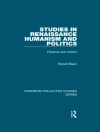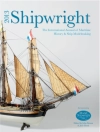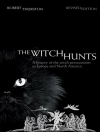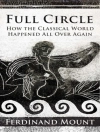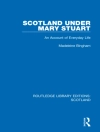Identities and social relations are fundamental elements of societies. To approach these topics from a new and different angle, this study takes the human body as the focal point of investigation. It tracks changing identities of early Iron Age people in central Europe through body-related practices: the treatment of the body after death and human representations in art.The human remains themselves provide information on biological parameters of life, such as sex, biological age, and health status. Objects associated with the body in the grave and funerary practices give further insights on how people of the early Iron Age understood life and death, themselves, and their place in the world. Representations of the human body appear in a variety of different materials, forms, and contexts, ranging from ceramic figurines to images on bronze buckets. Rather than focussing on their narrative content, human images are here interpreted as visualising and mediating identity. The analysis of how image elements were connected reveals networks of social relations that connect central Europe to the Mediterranean.Body ideals, nudity, sex and gender, aging, and many other aspects of women’s and men’s lives feature in this book. Archaeological evidence for marriage and motherhood, war, and everyday life is brought together to paint a vivid picture of the past.
Katharina Rebay-Salisbury
Human Body in Early Iron Age Central Europe [EPUB ebook]
Burial Practices and Images of the Hallstatt World
Human Body in Early Iron Age Central Europe [EPUB ebook]
Burial Practices and Images of the Hallstatt World
Köp den här e-boken och få 1 till GRATIS!
Språk Engelska ● Formatera EPUB ● Sidor 332 ● ISBN 9781351998727 ● Utgivare Taylor and Francis ● Publicerad 2016 ● Nedladdningsbara 3 gånger ● Valuta EUR ● ID 5025366 ● Kopieringsskydd Adobe DRM
Kräver en DRM-kapabel e-läsare


